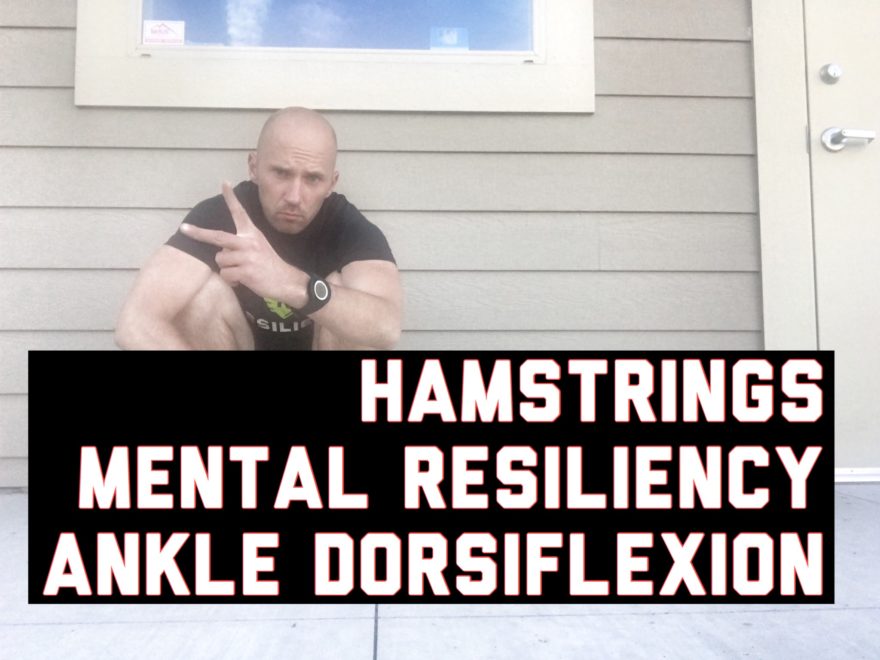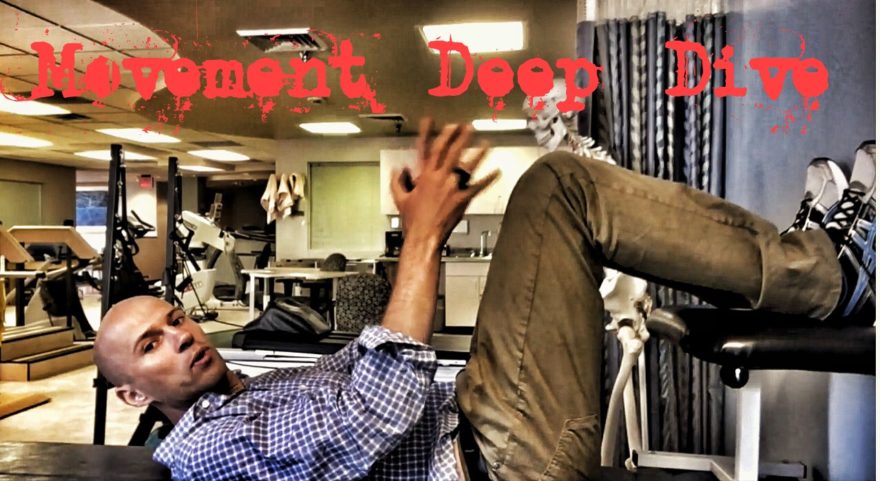Tag: parasympathetic

Hamstrings, Mental Resiliency, and Ankle Dorsiflexion – Movement Debrief Episode 47
Movement Debrief Episode 47 is in the books. Below is a copy of the video for your viewing pleasure, and…

90/90 Hip Lift – A Movement Deep Dive
The Fundamental Rehab Technique It’s a classic that does so much more than the naked eye can see. This round…
Explain Pain Section 4: Altered Central Nervous System Alarms
This is a summary of section 4 of “Explain Pain” by David Butler and Lorimer Moseley. CNS Alarms While much…
